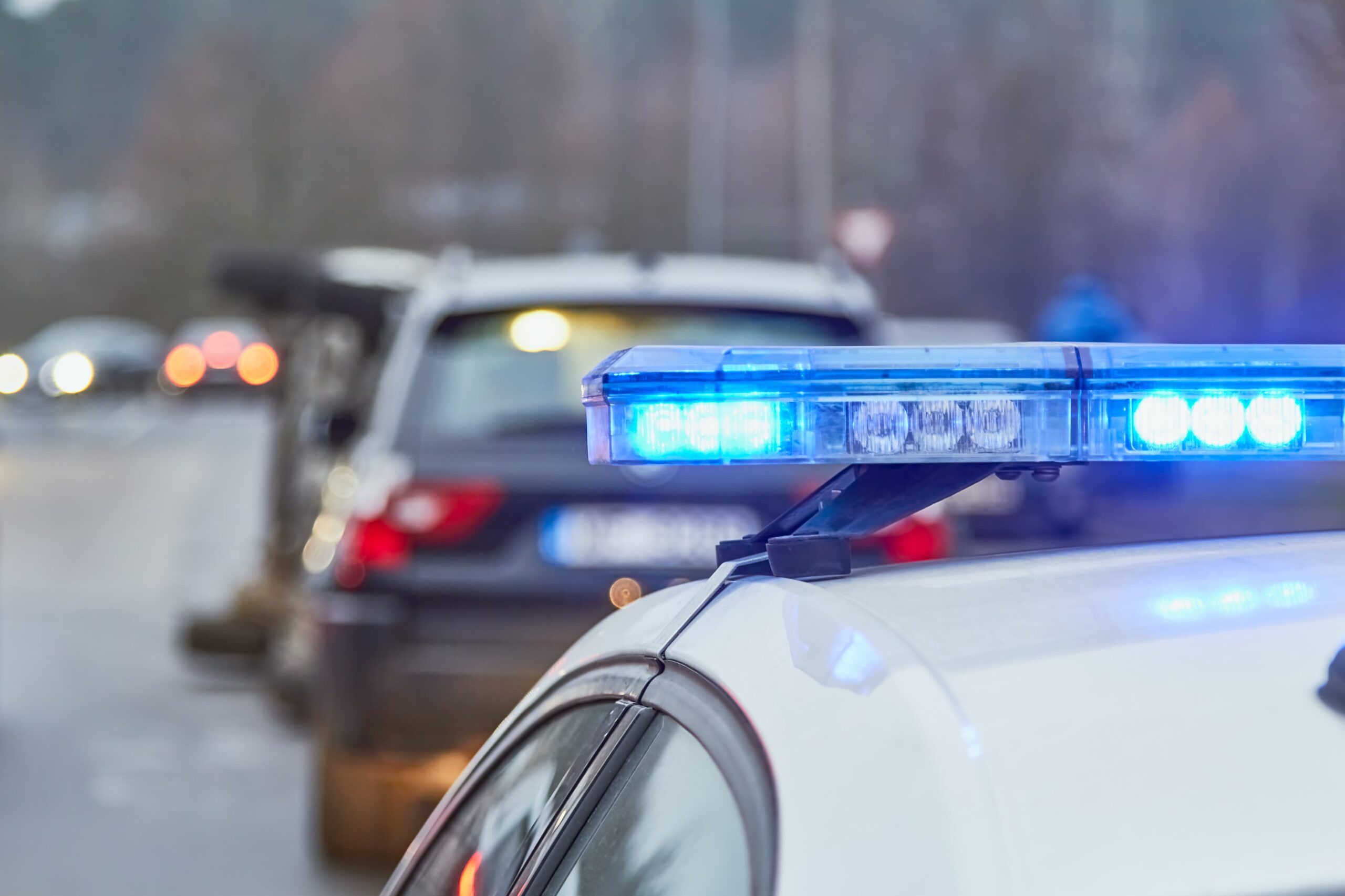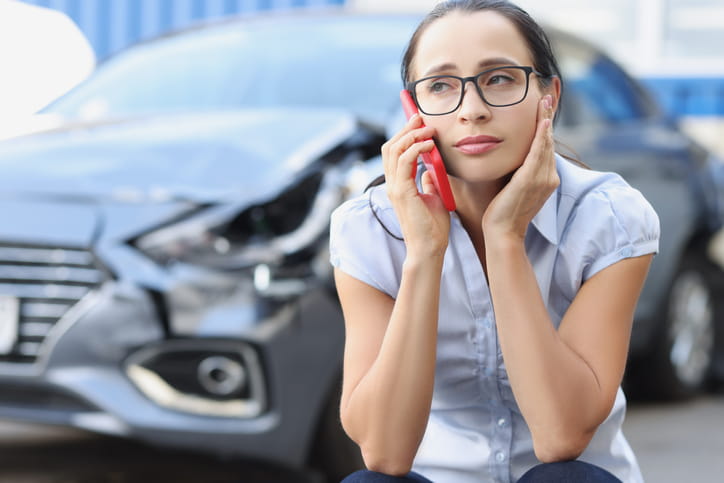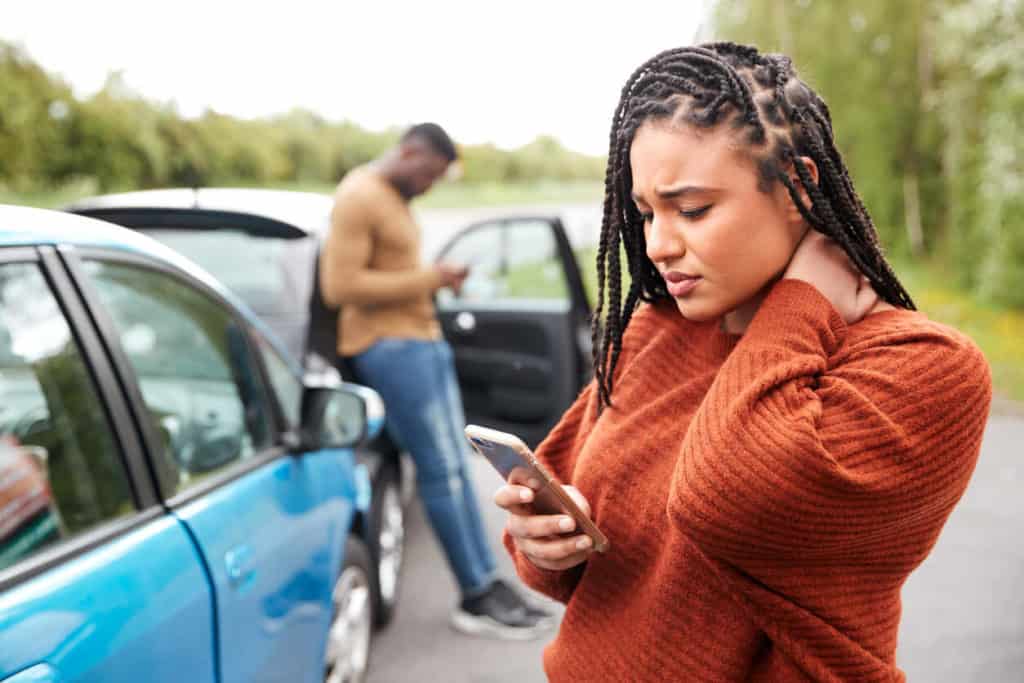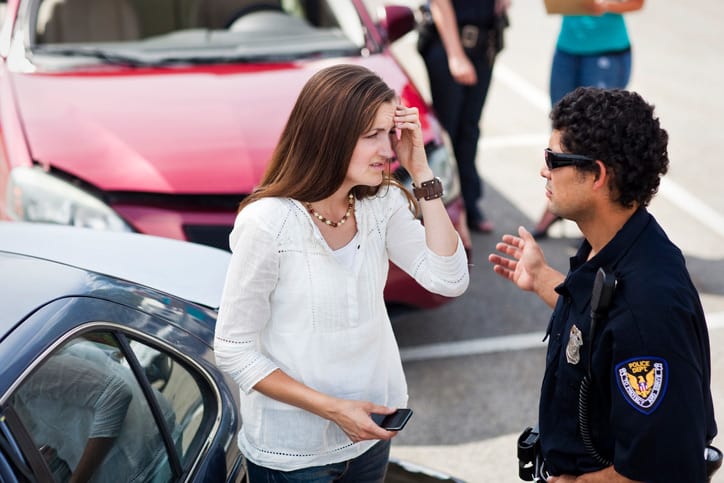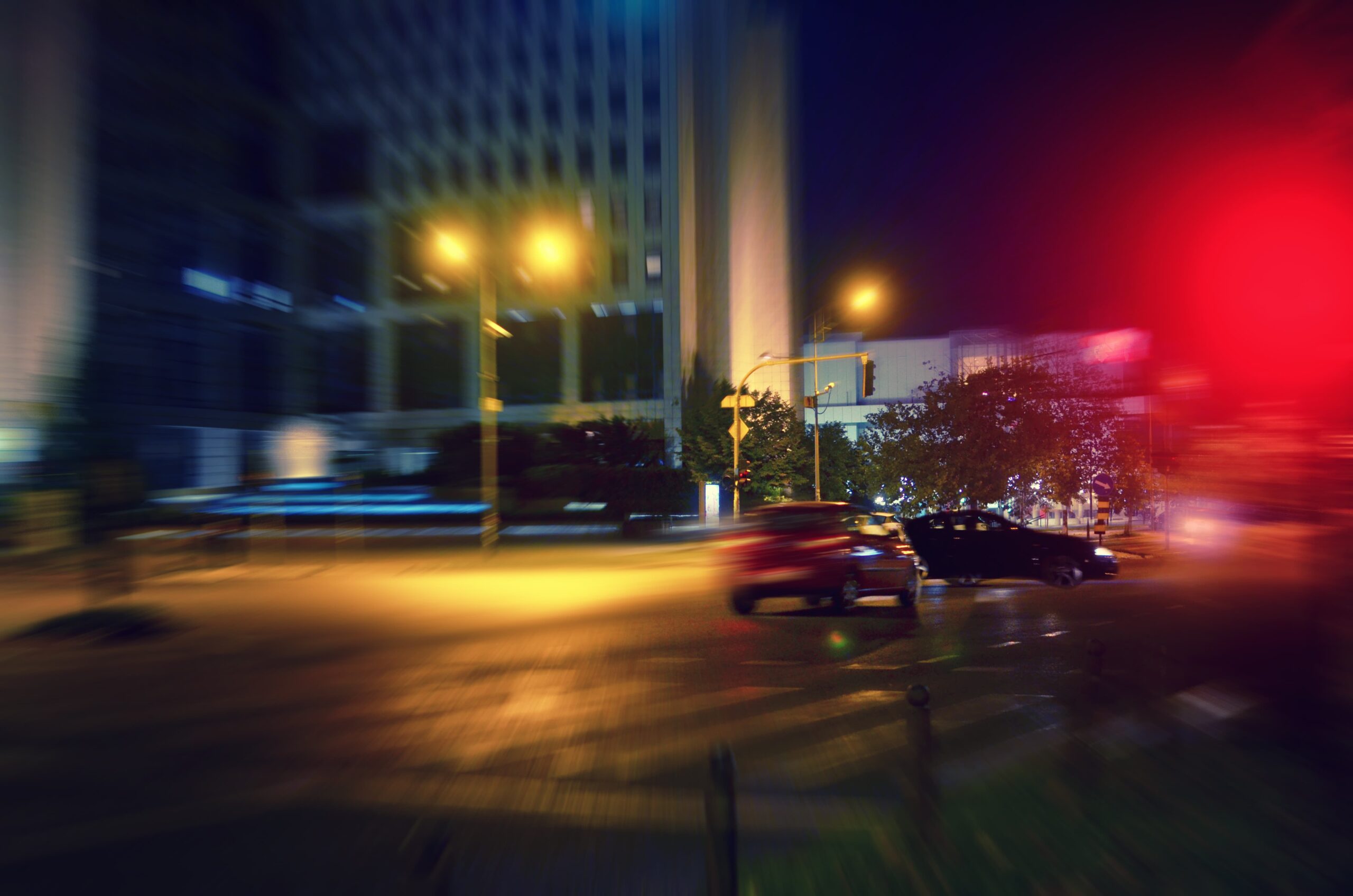What to Do After an Auto Accident
Car accidents are extremely jarring, no matter how severe the vehicle or bodily damage. After a crash, it’s easy to want to get out of the area as soon as possible. But because an auto accident has the potential to change your life entirely, the actions you take immediately following a crash can make a night and day difference when it comes to future medical bills, insurance claims, and rate hikes.
But you should know that there are certain steps you can take to cover your bases and protect yourself after an auto accident. No matter the type of auto accident you were involved in—from drunk driving accidents, to truck accidents, to motorcycle accidents—you have rights, and you have options.
So before you and the other driver quickly exchange contact information and drive away, follow these steps to properly deal with the aftermath of an auto accident.
Ensure You and the Other Driver are Safe
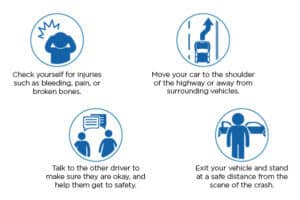
Auto accidents can occur on busy highways, winding mountain roads, and neighborhood streets. But no matter where the auto accident happens, your first priority should be safety. This means ensuring that both you and the other driver are okay, and moving yourself to a secure location:
- Check yourself for injuries such as bleeding, pain, or broken bones.
- Move your car to the shoulder of the highway or away from surrounding vehicles.
- Talk to the other driver to make sure they are okay, and help them get to safety.
- Exit your vehicle and stand at a safe distance from the scene of the crash.
When to Call 911
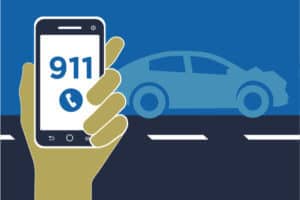
If after a crash your car has little to no damage, it can be tempting to simply accept cash and go on your way. But this can have adverse effects after the fact, especially if you discover that you have a delayed injury or that your vehicle repairs will cost more than you expected.
No matter the amount of damage done to you, your vehicle, or the other driver and their vehicle, you should always call the police. In fact, you should always call 911—not the non-emergency phone number. If your auto accident is severe, involving highly damaged vehicles or serious injuries, the police will be at the scene as soon as possible, along with an ambulance and maybe even a fire engine.
If your Colorado car accident is not so serious, it will be treated as such. You may end up waiting up to an hour for the police to show up, or they might just ask you a few questions over the phone. Don’t be discouraged by this—it’s worth waiting for the police to show up so that you can file a police report and cover all of your bases. You’ll thank yourself if you decide to file an insurance claim or even take legal action against the driver.
How to Communicate with the Other Driver
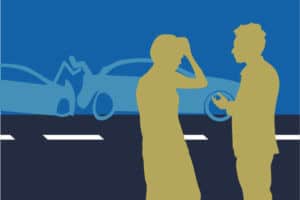
Talking with the other driver involved in your auto accident can be intimidating—not just because of the high stress associated with crashes, but also because you never know what type of person the driver is. Will they be kind and understanding? Will they shout at you until the police arrive? Will they attempt to skip out on insurance payments? There’s no way to know.
But no matter who the other driver is, you can protect yourself by watching what you say. Be as respectful as possible, and try not to immediately assume fault or resort to shouting or name-calling. You want to encourage the driver and their insurance company to cooperate with you down the line.
Equally as important is not blaming yourself for the accident. Even if you are fairly certain that the auto accident was entirely your fault, don’t apologize or acknowledge that you did something wrong. If you do, the other driver’s insurance company might rule you as the “at-fault” driver, thus ensuring that they do not have to compensate you for injuries or property damage.
How to Document the Auto Accident
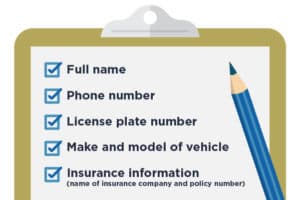
While you’re waiting for the police to show up, make sure you document the accident as best as you can. Use a pen and paper or even your phone to take note of the other driver’s information:
- Full name
- Phone number
- License plate number
- Make and model of vehicle
- Insurance information (name of insurance company and policy number)
Use your smartphone or camera to take photos of all vehicles involved, specifically focusing on any damage. You should also take photos of the surrounding area, including any traffic signals or street details. If you have physical injuries, make sure to photograph those as well, either at the site of the accident or as soon as possible once you get home.
Once the police arrive, take note of the officer’s name and badge number. If there are any eyewitnesses to the crash, ask them to provide you with their account, which you can either write down or record using your phone. The police officer will most likely speak to these eyewitnesses as well, but having your own record could be useful later on.
Determining Who Is at Fault

The difference between “at-fault” and “not at-fault” drivers is obvious—but how is that fault determined? Proving fault is extremely complicated and requires a lot of work for the insurance companies involved. Insurances companies typically rely heavily on police reports, documentation of the scene, sustained injuries, weather conditions, violated traffic laws, and many other factors.
Chances are, even if you feel that you were not at fault in the accident, you could be determined to be at fault. In Colorado, the driver determined to be at fault will be financially responsible for any provable damage done to the other driver’s vehicle or even to their person.
The state also requires that all motorists have insurance on their vehicles—at least liability insurance, which covers any property or bodily damage caused by the at-fault driver. But if the other driver involved in your auto accident is uninsured, it can be a little more complicated. Read our guide to uninsured motorist law to learn more.
When to See a Doctor
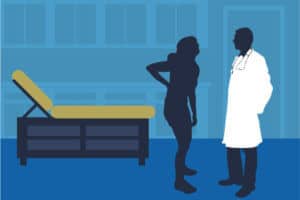
Some auto accident injuries may not appear right away. Injuries like whiplash can develop hours or even days after a crash, and delaying a hospital visit can worsen an injury. It’s important to know when you need to see a doctor—and to get checked out as soon as you can. A physician can make sure you’re okay, and can even identify injuries that you didn’t know you had.
Seeing a doctor can help you in filing an insurance claim—and remember that insurance companies watch your actions. If you see a doctor too late after a crash, your insurance company may have difficulty attributing your injuries to the actual crash, and your medical bills may not be covered. The insurance company might also use your delayed visit as evidence that your injuries were not as severe as you claim.
The state of Colorado has a three-year statute of limitations on auto insurance claims, so be sure to visit a doctor quickly so that you can move forward with your case and receive fair compensation. Once you do see a doctor, make sure to keep diligent records of all of your procedures, exams, and expenses for insurance purposes.
Filing an Auto Accident Claim
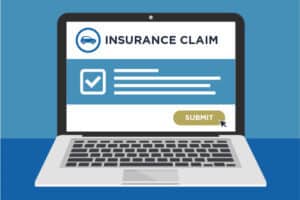
Whether it’s your first auto accident or your fifth, the Colorado auto accident lawyers at Bachus & Schanker are devoted to assisting you in filing your legal claim and receiving the financial compensation you deserve. Auto accidents are scary, and you need a devoted auto accident attorney on your side who is ready to fight for you.
Contact Bachus & Schanker today for a free initial consultation with our experienced Denver car accident attorneys.

